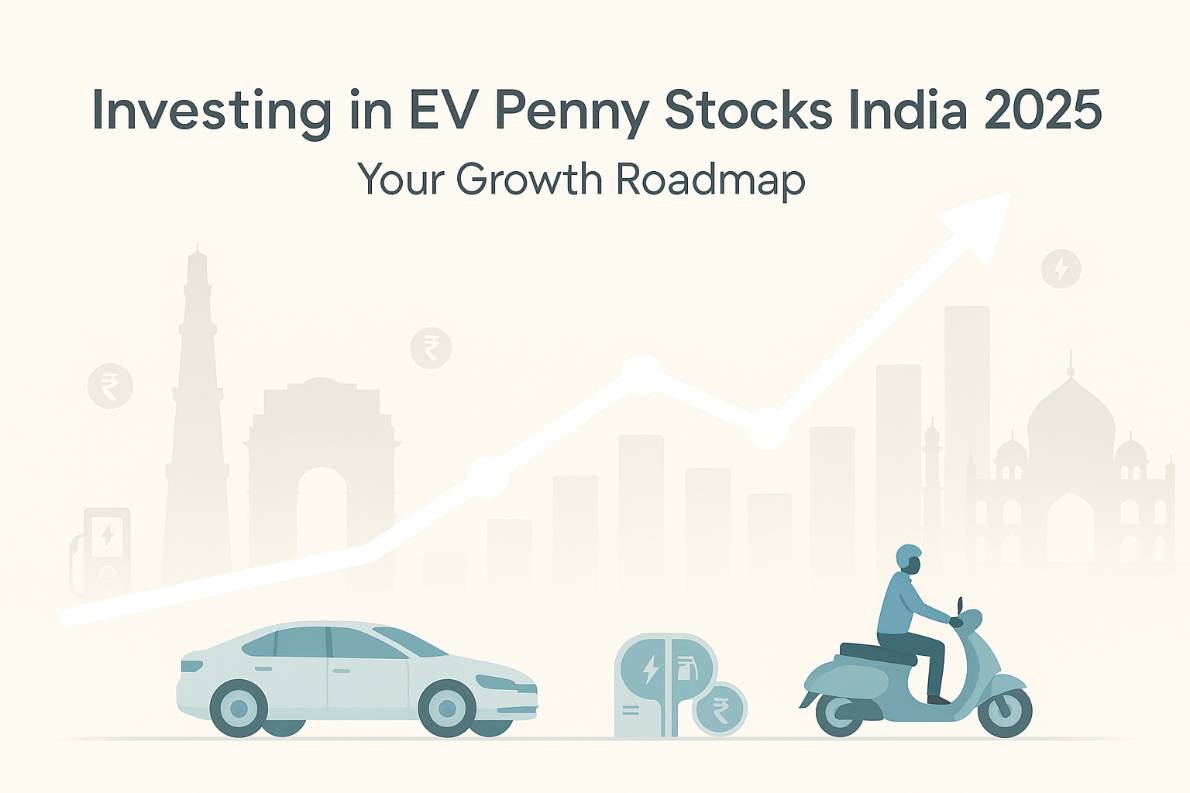The e-charger system is an innovative hybrid bolt-on solution created to improve vehicle performance, decrease fuel consumption, and minimize emissions. By integrating electric motor technology with conventional internal combustion engines, this system offers drivers a sustainable and economical method to enhance their vehicle's efficiency. It is particularly well-suited for hybrid vehicle conversions, making it an intelligent option for individuals seeking to switch to more eco-friendly transportation without compromising on power.
Technology Overview
Stored Energy and Regenerative Braking
The heart of the e-charger system is its ability to harness and store energy. This energy is captured during deceleration or braking, known as regenerative braking. The system stores this energy in a battery pack, which is then used to assist the internal combustion engine when additional power is needed. This process not only improves fuel efficiency by up to 25% but also reduces strain on the engine, resulting in smoother and more responsive acceleration.
System Components
Key Components of the E-Charger System
The e-charger system consists of several key components:
- Electric Motor: A 50 kW AC motor connected to the engine via a Gilmer belt drive. This motor provides additional torque when required, improving vehicle performance without increasing fuel consumption.
- Battery Pack: A 10 kW lithium-ion phosphate battery pack stores the energy captured during regenerative braking. This battery can be recharged using standard EV charging stations.
- Controller: The system's controller manages the power distribution between the motor and the battery pack, ensuring the vehicle operates efficiently under various conditions.
Technical Specifications
Battery and Charger Details
The e-charger system is equipped with a 10 kW lithium-ion phosphate battery pack. This battery is designed to provide consistent performance while maintaining a high power-to-weight ratio. It can be charged through standard household outlets or EV charging stations, making it a versatile option for hybrid vehicle conversions. Additionally, the system includes a 3 kW charger that is compatible with both types of charging sources.
The e-charger system is designed for efficiency. Its battery pack allows the vehicle to utilize stored energy during acceleration, reducing fuel consumption and emissions.
Performance Insights
Torque Boost and Fuel Efficiency
One of the standout features of the e-charger system is its ability to deliver up to 150 lb-ft of torque directly to the engine. This additional power aids acceleration and reduces the engine's workload, improving overall performance. Importantly, the system achieves this without causing parasitic losses - common in traditional superchargers that rely on engine power to operate.
The e-charger system can significantly improve fuel efficiency for vehicles, potentially reducing fuel consumption by up to 25%. Additionally, it can lower emissions by as much as 30%, making it a viable solution for both performance enthusiasts and environmentally conscious drivers.
Advantages and Disadvantages
Key Advantages
1. Zero Turbo Lag:
- The e-charger system provides an instant power boost without the lag commonly associated with traditional turbochargers.
2. Variable Boost:
- The system delivers power on demand, regardless of engine speed or load, making it adaptable to various driving conditions.
3. No Parasitic Loss:
- Unlike mechanical superchargers, the e-charger system does not draw power from the engine, resulting in better overall efficiency.
Challenges
1. Additional Weight:
- The battery pack adds extra weight to the vehicle, which could affect overall performance.
2. System Complexity:
- The e-charger system is more complex than traditional performance enhancements and may require specialized installation and maintenance.
3. Limited Continuous Operation:
- Due to its nature, the system cannot be run continuously without risking overheating or energy depletion.
Electric Motor and Battery Selection
Motor Selection
The e-charger system uses a motor with a high power-to-weight ratio, such as the Lehner Motoren Technik (LMT) Torqstar 3. This type of motor is well-suited for the application as it provides a good balance of performance and efficiency. The motor is designed to deliver the required torque boost while minimizing its impact on the vehicle's weight and handling.
Battery Construction
The battery pack in the e-charger system is constructed from multiple lithium-ion phosphate cells arranged in series and parallel configurations. This setup ensures the battery can deliver the required power while maintaining a compact and efficient design. The battery's 60V output meets the motor's power needs without overloading the system.
System Installation
Fabrication and Assembly Process
When installing the e-charger system, planning carefully and creating precise components is important. The airbox containing the air filter is made from 3mm aluminum sheets and TIG welded for long-lasting performance. The entire system is installed in the vehicle's trunk, and the motor is connected to the engine's crankshaft using a cog-belt drive.
The system is strengthened with mild steel flat bars and rubber vibration-isolating mounts to enhance stability and reduce vibrations. This design minimizes noise and ensures the e-charger system functions smoothly in different driving conditions.
Real-World Applications
Commercial Fleet Use
The e-charger system provides substantial advantages for commercial fleets, including fuel savings and decreased maintenance expenses. This system enhances fuel efficiency, reduces emissions, and helps fleet operators cut operational costs while complying with stricter environmental standards. Its versatility makes it an appealing choice for various vehicles, such as trucks and SUVs, that often face challenges related to high fuel consumption.
Aftermarket Potential
The e-charger system is well-suited for the aftermarket performance industry. Its bolt-on design enables installation on various vehicles, offering a cost-effective means to enhance performance without requiring a full engine overhaul. As a result, it presents an attractive option for performance enthusiasts seeking to upgrade their vehicles while preserving fuel efficiency.
Conclusion
The e-charger system presents a groundbreaking solution for converting hybrid vehicles, delivering a remarkable blend of performance, fuel efficiency, and environmental friendliness. This innovative system marks a notable advancement in hybrid technology, substantially increasing up to 150 lb-ft of torque and enhancing fuel economy by as much as 25%. Its versatility and flexibility make it a valuable enhancement for any vehicle, catering to both commercial and personal usage.




.jpeg)



